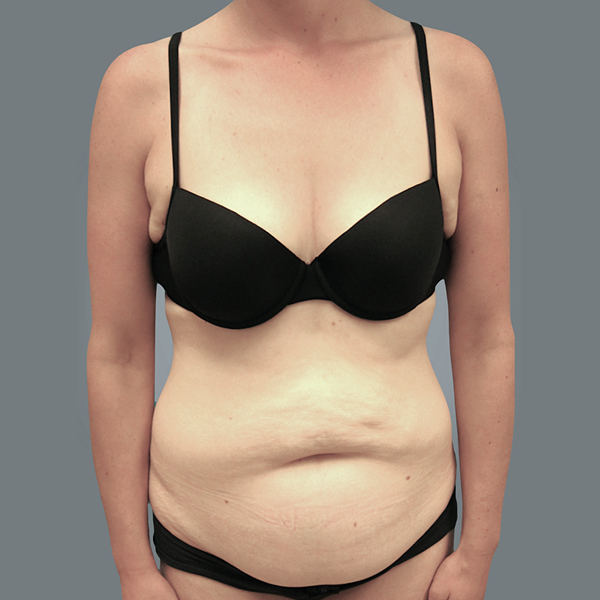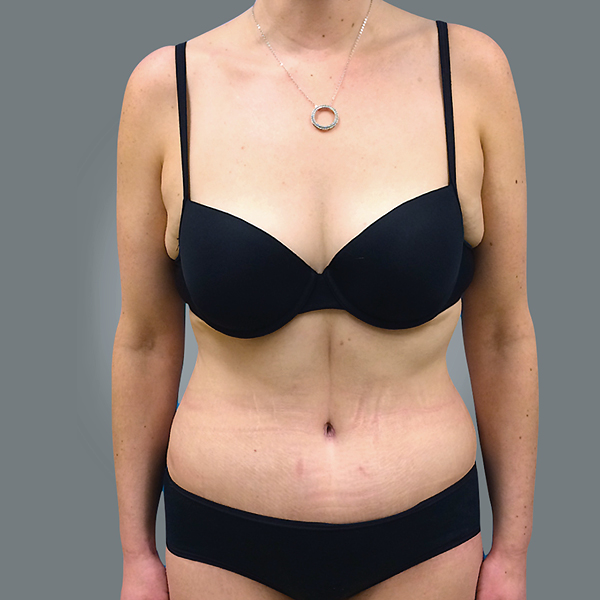In general, mini abdominoplasty surgery is smaller surgery than a traditionally abdominplasty. The focus is on tightening the lower abdominal musculature that can be stretched and out-of-position, most commonly from the effects of pregnancy. The procedure also involves the removal of some skin and fat from the lower abdomen, similar to a tummy tuck, or abdominoplasty, and may also incorporate some liposuction to help contour the waist line. It does not address any of the excess skin/fat above the belly button, unlike a traditional tummy tuck.
BODY PROCEDURES, VANCOUVER
Mini Abdominoplasty
Mini Abdominoplasty
Mini Abdominoplasty Considerations
Optimizing your lifestyle is important before considering abdominal contouring surgery. Having a balance of a healthy, nutritious diet, together with a consistent, sustainable exercise program is key to this process. As well, smoking should be stopped before considering surgery, as this can greatly increase risks around the procedure. These lifestyle commitments help to ease the recovery period and ensure that you have beautiful long-lasting results.
Good candidates for a tummy tuck are individuals who:
- Are concerned by a protruding abdomen or excess, sagging, abdominal skin in the lower abdomen but have good contour to the upper abdomen
- Are healthy and maintain a stable weight, with BMI < 32
- Are not planning on future pregnancies
- Have realistic expectations of what can be achieved with surgery
What To Expect During Surgery And Recovery
Mini Abdominoplasty surgery is performed at a hospital or private surgical facility. In general, an incision is made across the lower abdomen, which is shorter than a tummy tuck incision. The length of the incision is influenced by the degree of excess tissue present. The placement of the incision will be placed as low as possible so that it concealed under underwear/bikini bottoms. The abdominal skin and fat are then separated from your abdominal wall up to the level of the belly button. The lower abdominal muscles are then tightened with stitches. The abdominal flap is then pulled downward and the excess skin is re-draped to allow removal of the lower abdominal excess or redundant tissue. Progressive tension sutures (or internal sutures) will be placed between the abdominal skin/fat and the lower abdominal wall which will decrease the risk of fluid collections and also help create natural curves and definition. The umbilicus will not have an incision around it may be lowered slightly as the excess/sagging lower abdominal skin/fat are removed and sutured. There may be drains placed which will be removed at 5-7 days.
In general, most patients recover well over the first 2-4 weeks, and we provide you with all the medication and supplies to help you through this process. When thinking about time off work, or away from social commitments 3-6 weeks is usually a safe window of down time, depending on the type of work. During the recovery time, you will wear an abdominal binder/compression garment under your clothes to help minimize swelling and provide support to your abdomen. Heavy lifting and strenuous exercise should be avoided for 4 weeks to prevent strain on the abdominal wall. There are often drains used in the first 3-5 days to help minimize the chance of fluid accumulating. These are removed in the office and appropriate drain care instructions are provided. The final results can appear gradually over the first few months. The incisions continue to fade over the first year. Scar care such as silicone gel/tape and massage should be performed until 6 weeks.

